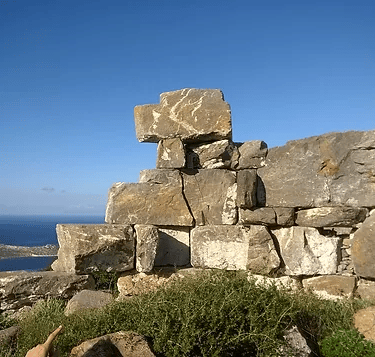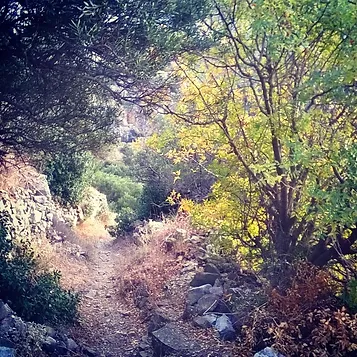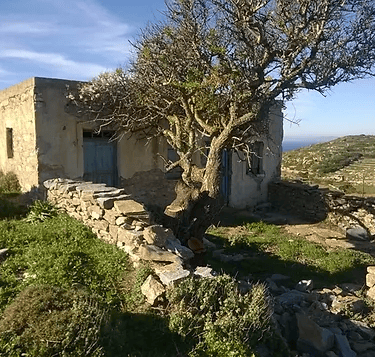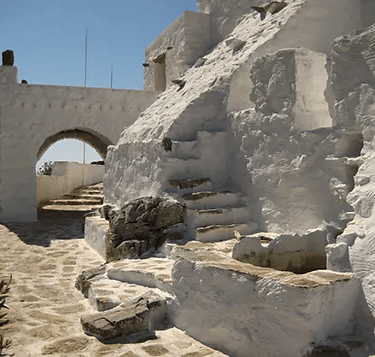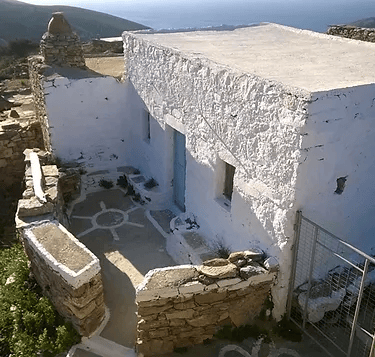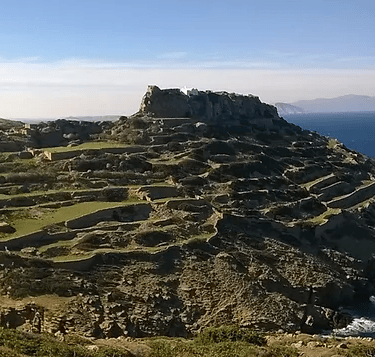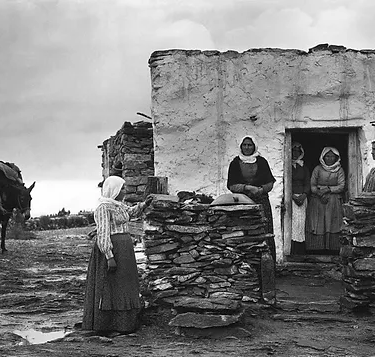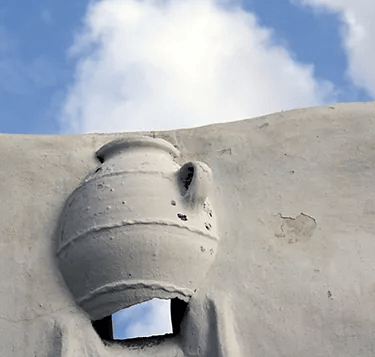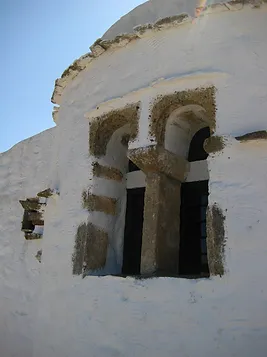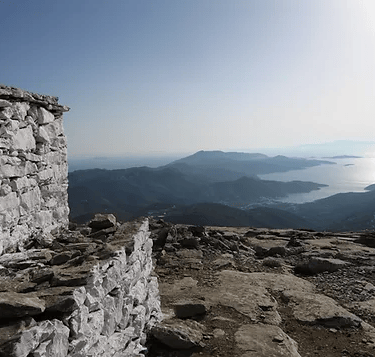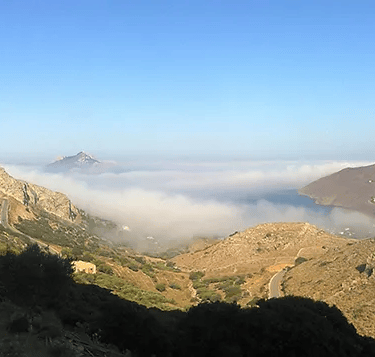
AMORGOS
And so she sleeps,
my tender love,
naked among cherry blossoms,
a girl unwithering
as an almond branch.
Nikos Gatsos
Yperia, Pagali, Platagi, Psychia, Karkisia, Amoulgos, Amorgaia.
Amorgos is the easternmost island of the Cyclades, and it has been continuously inhabited since the Neolithic era. The famous Cycladic figurines mainly derived from Amorgos and the neighboring Keros.
The three main ancient cities, Aigiali, Arkesini and Minoa were independent but constituted a commonwealth, and two of them still maintain the geographic location and their names until today.
The ancient Amorgos was famous for its transparent red tunics that the natives made from a specific native flax. These tunics were called Amorgeia or Amorgides and Lysistrata encouraged women to wear them to tempt their husbands.
The Roman and early Byzantine years is a period of decline, until the 9th century when the Byzantines aim to create a naval force on the island, that thanks to its position, seemed strategically useful move. During that time, Amorgos somewhat flourished, but the pirates have caused many damages and the population has decreased.
Amorgos was the first island of the Cyclades to be passed to the Franks in 1207, under the administration of the Gizi brothers. They were set aside by the Duke of Naxos Marco Sanudo, a Venetian crusader - pirate (with a somewhat suspicious history) and who conquered half the Aegean and part of Evia.
The island remained under the sovereignty of Sanoudos family that granted it at the lord of Ios Domenico Skiava, the Grimaldis of Astypalaia to return again - half - to the Gizis, then to a Venetian admiral called Domenico Mikkeli, and in 1363 again to Sanudos, that this time keep the island for themselves. Then, Amorgos comes under the sovereignty of the new Duke of Astypalea John Quirinus and Marco Grimani, to a member of the Sanudos family and finally the Ottoman Empire.
During all this back and forth, the people of Amorgos suffer enormously from the pirates, Greek, Latin and Ottoman, the most brutal raid being that of Barbarossa in 1537, They leave the island to resort in Crete while maintaining ties with families who remained on the island.
It is due to this fact, that the temperament of the Amorgeans is more Cretan rather than Cycladic.
Amorgos was released in 1829 and with the Treaty of London, it becomes part of the newly established Greek state and the easternmost limit of Free Greece.
During the late 19th and early 20th century, the island is being discovered (and sometimes looted) by foreign travelers. The inhabitants are by that time mostly captains, farmers, and ranchers, and the migration in the 50s and 60s dramatically diminishes the island's population.
Tourism was slow to arrive in Amorgos, and this left much of the beautiful island almost untouched: unspoiled nature, wonderful examples of folk architecture, living customs, and traditions. Amorgos has a limited network of vehicular roads, but plenty of beautiful, well-maintained walking trails that have been in constant use over the centuries.
If you think you know the Cycladic islands, don’t be so sure you know Amorgos.
Amorgos is at the same time dark and luminous. She stands in a beautiful, timeless moment as if it's free from the surveillance of the world.
One moment she laughs barefoot in the sun and another she sulks in anger.
She welcomes many but turns her back to others.
Amorgos holds many secrets.
And each time she chooses to reveal you one of her secrets,
she teaches you something about yourself.
She is a proud, ancient goddess, holding her dignity in vulgarity of today
